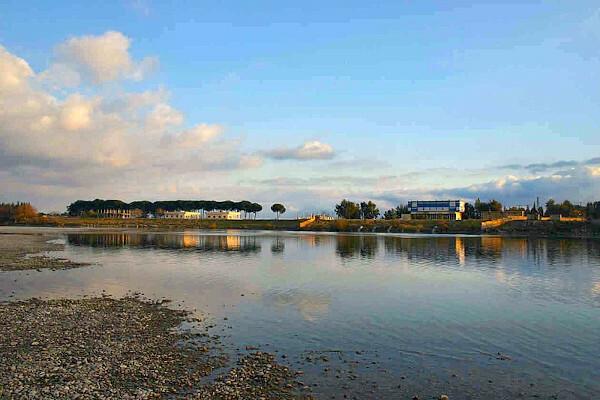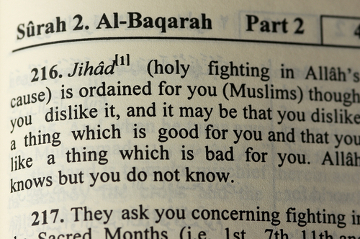The Germanic invasions caused administrative, economic and social chaos in the Roman Empire, and produced its defragmentation. The Catholic Church, in this context, managed to ensure its religious structure through the dissemination of Christianity among the barbarian peoples and, at the same time, preserved many characteristics of the culture Greco-Roman. During this period, the Church forms its State, relying on its religious prestige, it began to exercise social functions in diverse segments of medieval life, serving as a tool of union, in the face of political pulverization society.
The Institution was organized in a hierarchical, centralized and rigid way. The Pope was considered the successor of St. Peter, dominated the spiritual and temporal power. The States were called Papal States, corresponding to territories taken from the Lombards in 756 and donated by Pepino the Brief. The Church as a State held the power of knowledge, that is, its members knew how to read and write while the great landowners and their servants could not.
The parish was a small province governed by a priest, usually of humble origins and who always lived in contact with the people. Bishops governed a diocese made up of several parishes and administered in the name of the State of the Church. Archbishops were in charge of a particular diocese, while supervising others that made up their ecclesiastical province. The Church had the support of its Ecclesiastical Courts, the courts judged the members of the clergy, but they also knew and imposed limits on all matters related or not to the Church.
The Church was divided into two clergy: the secular and the regular. Priests, archbishops, bishops, and pastors constituted the secular clergy, so called because their members lived in society or in the world. Members of the regular clergy lived in their monasteries, which obeyed the rules of their religious order. The Benedictine order was the oldest, founded by São Bento at Monte Cassino in 529. The rules of the religious orders were directed to the vows of poverty, chastity, charity and obedience to the abbot. There were religious orders of Benedictines, Franciscans, Dominicans, Carmelites and Augustinians. The importance of the regular clergy was enormous. All that we have of richest in terms of knowledge and classical culture has come down to our days through manuscripts made by copyist monks.
The respect that the Church imposed created an atmosphere of stability around the parishes and monasteries, where, in general, everyone found reliability in the temporal and spiritual figure of the State Church. We can say that the Church built the feudal society.
Do not stop now... There's more after the advertising ;)
By Lilian Aguiar
Graduated in History
Brazil School Team
Would you like to reference this text in a school or academic work? Look:
AGUIAR, Lilian Maria Martins de. "The Church forms its State"; Brazil School. Available in: https://brasilescola.uol.com.br/historiag/aigreja.htm. Accessed on June 27, 2021.


